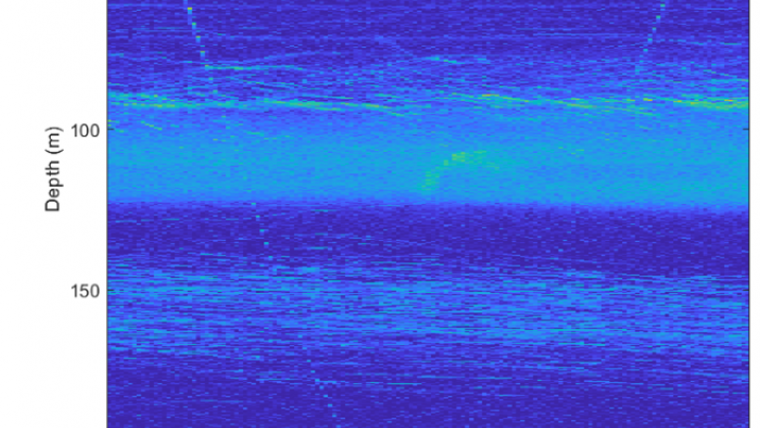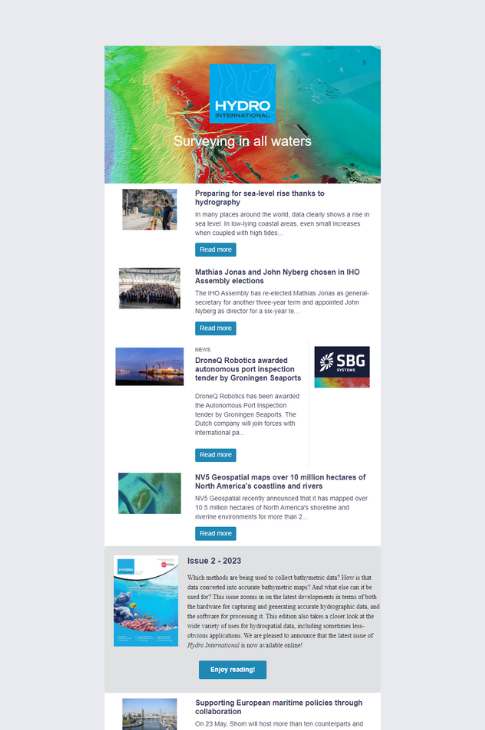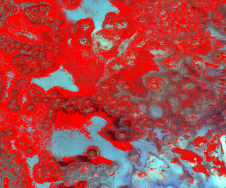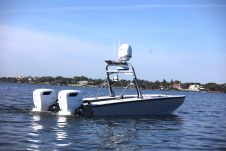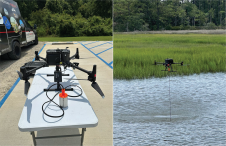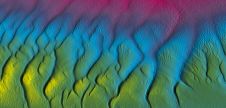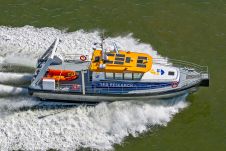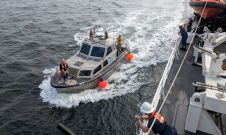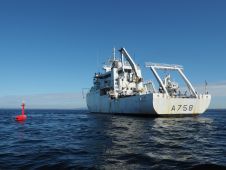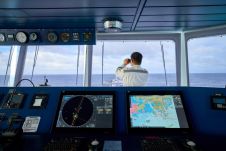Successful field trials conducted for ASL’s prototype split-beam sonar
ASL Environmental Sciences has announced successful field trials of a new prototype split-beam sonar, which were conducted in the Saanich Inlet near the Institute of Ocean Sciences (IOS), Sidney, BC. This marks the first deployment of the prototype instrument, as part of a collaboration between researchers at Memorial University, the Department of Fisheries and Oceans Canada (DFO) and ASL. The field testing was conducted from a small IOS launch with several scientists and graduate students from Memorial University and ASL staff members.
Split-beam echosounders utilize multiple receive channels to determine the location and direction of incoming signals within the acoustic beam, which enables accurate measurements of target strength. This new prototype is designed to run autonomously for months at a time, allowing researchers to collect long time series data at the study site.
Collecting long time series data
The ASL instruments are known for their ability to collect long time series data, with typical deployments lasting 12 months. This makes such tools useful for studying fish behaviour throughout changing seasons, or when deploying in remote environments.
The field trial for this new design was carried out on 1 February 2023, and the results were promising. As part of the system testing, two small spheres were lowered and raised through the water column to a maximum depth of 220m.
In conclusion, the successful field trials of the new prototype split-beam sonar mark a significant milestone for ASL and its collaborators. The ability to determine the location and direction of incoming signals within the acoustic beam facilitates accurate measurements of target strength, making the new prototype a valuable tool for researchers studying fish behaviour in changing seasons or remote environments.

